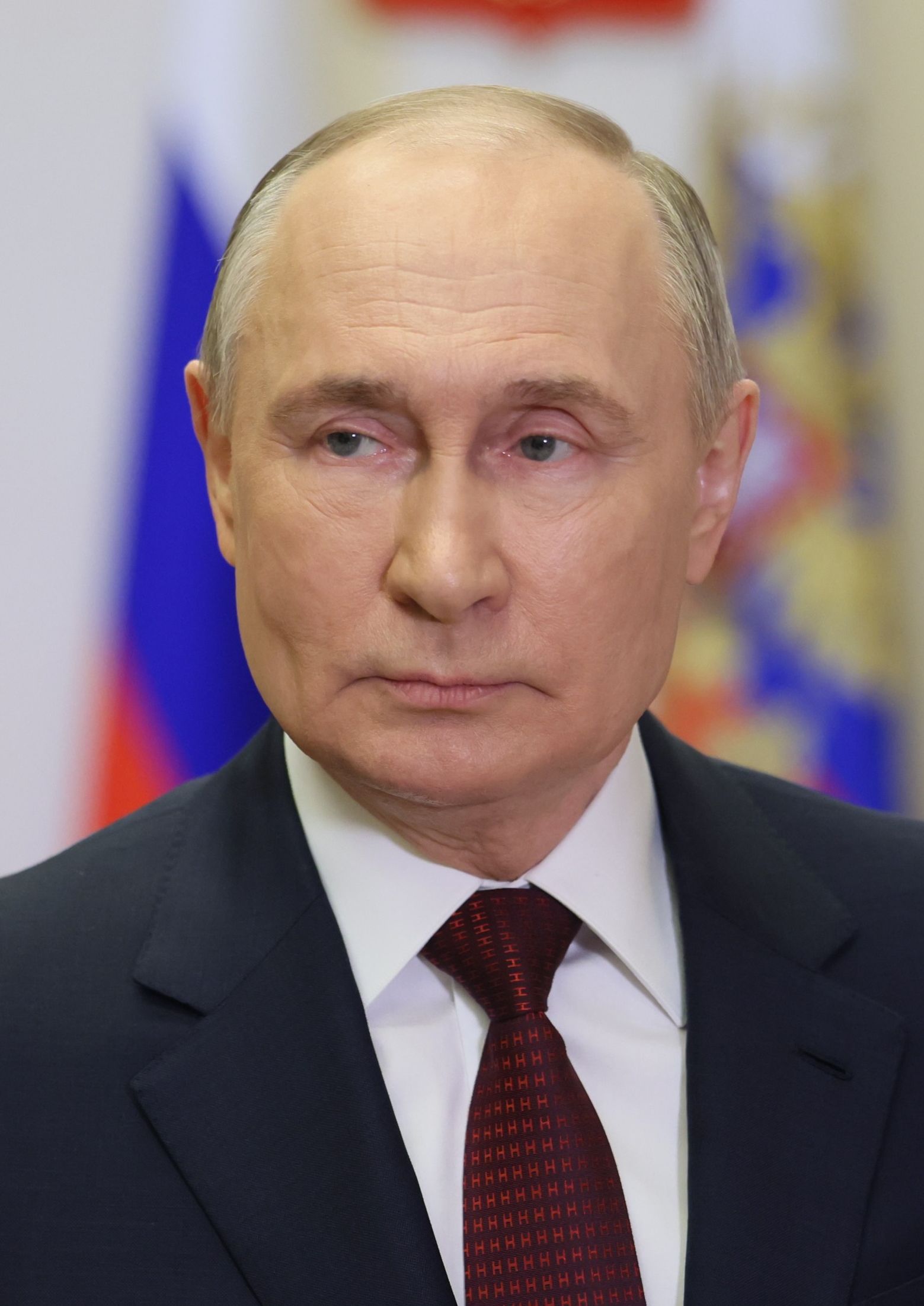
A bilateral meeting between Russian President Vladimir Putin and U.S. President Donald Trump has been agreed, a Kremlin official confirmed Thursday, set to occur “in the coming days.” This development signals an intensifying diplomatic push. Putin’s foreign affairs adviser, Yuri Ushakov, stated, “At the suggestion of the American side, it has been agreed in principle to hold a bilateral meeting at the highest level in the coming days.”
While a precise date remains unconfirmed, next week is reportedly the target for this summit. Ushakov noted such events take time to organize. The meeting’s location, decided “in principle,” will be announced “a little later,” he stated.
This would be the first meeting between Putin and Trump since the Republican president returned to office this year. While a significant milestone in the war, there is no promise that it will end the fighting. Russia and Ukraine remain far apart on their demands.
The meeting follows President Trump’s increasing frustration with Putin’s slow-walking of ceasefire negotiations. Trump had issued an ultimatum, setting Friday as the deadline for a ceasefire. This assertive stance aims to compel Moscow to the negotiating table.
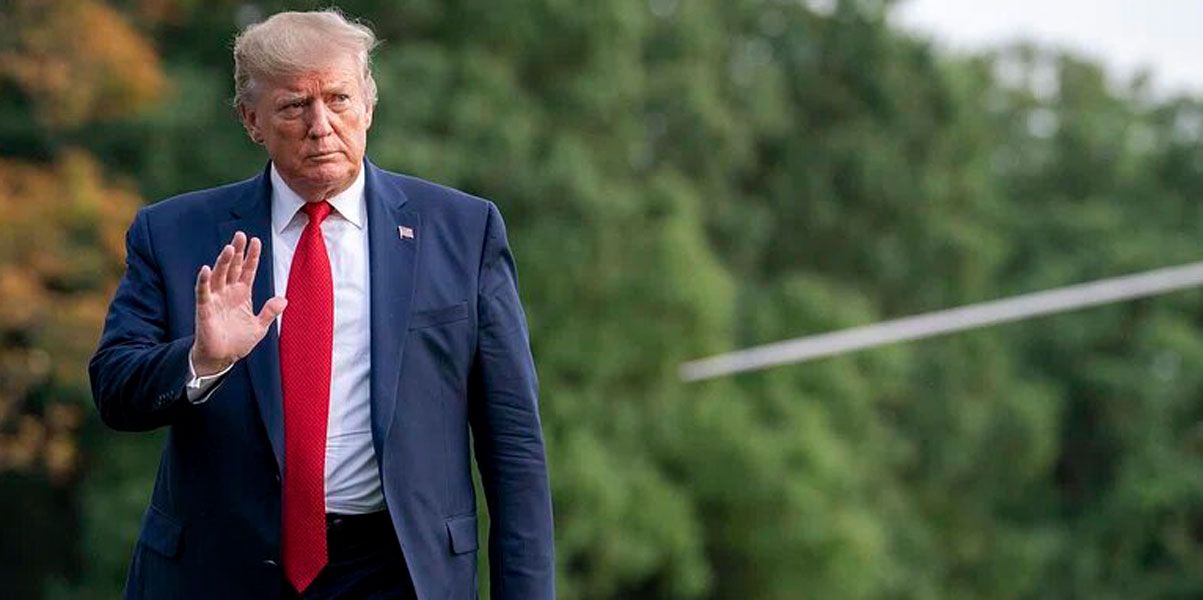
To enforce his demands, Trump threatened harsh tariffs on Russia and countries doing business with it. This leverage aims to force Putin to the negotiating table. Trump has already hit India with additional 25% tariffs, doubling its U.S. tariff rate to 50%, citing its continued purchases of Russian oil. This measure is set to go into effect on August 7.
Trump’s deadlines underscore his increasing impatience. He initially gave Moscow a 50-day window for a truce, then shortened it to August 8, citing frustrations with Putin’s unwillingness to cooperate. This highlights escalating pressure for peace.
Trump’s special envoy, Steve Witkoff, held a three-hour meeting with Putin in Moscow on Wednesday as Trump’s deadline approached. This marked Witkoff’s fifth visit to Russia this year, underscoring sustained American diplomatic engagement. Kirill Dmitriev, Russia’s envoy for investment and economic cooperation, expressed that “dialogue will prevail.”
Following Witkoff’s meeting, Trump stated, “Great progress was made!” Yet, he later acknowledged that no “breakthrough” occurred. He expressed caution about a deal’s timeline, admitting he had “been disappointed before with this one.” This highlights challenges in brokering peace.
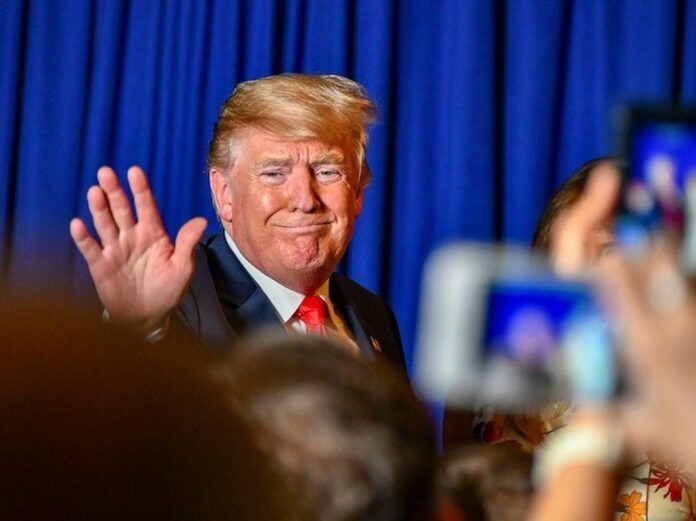
The planned meeting aligns with Trump’s conviction that his personal persuasion, especially in person, is the only way to strike a bargain. This belief shapes his foreign policy, favoring direct engagement. White House Press Secretary Karoline Leavitt confirmed, “The Russians expressed their desire to meet with President Trump, and the president is open to meeting with both President Putin and President Zelensky.” She added, “President Trump wants this brutal war to end.”
If the meeting proceeds, it would be the first in-person summit between an American and Russian president in over four years. The last occurred in June 2021 in Geneva, when President Joseph R. Biden Jr. met Putin. This summit marks a departure from Putin’s recent diplomatic isolation from NATO leaders, who largely refused direct dealings until Trump’s phone conversations.
Trump disclosed his meeting plans during an August 6 call with European leaders, including President Volodymyr Zelenskyy. Participants included Prime Minister Keir Starmer of Britain, President Alexander Stubb of Finland, Chancellor Friedrich Merz of Germany, Mark Rutte, NATO’s secretary general, Vice President JD Vance, and Secretary of State Marco Rubio. European officials expressed surprise and skepticism, yet reportedly accepted his proposition.
Beyond bilateral talks, Trump floated a trilateral meeting with Putin and Zelenskyy. However, Ushakov played down Zelenskyy’s joining the summit. He emphasized Moscow’s preference to “first of all, to focus on preparing a bilateral meeting with Trump, and we consider it most important that this meeting be successful and productive.”
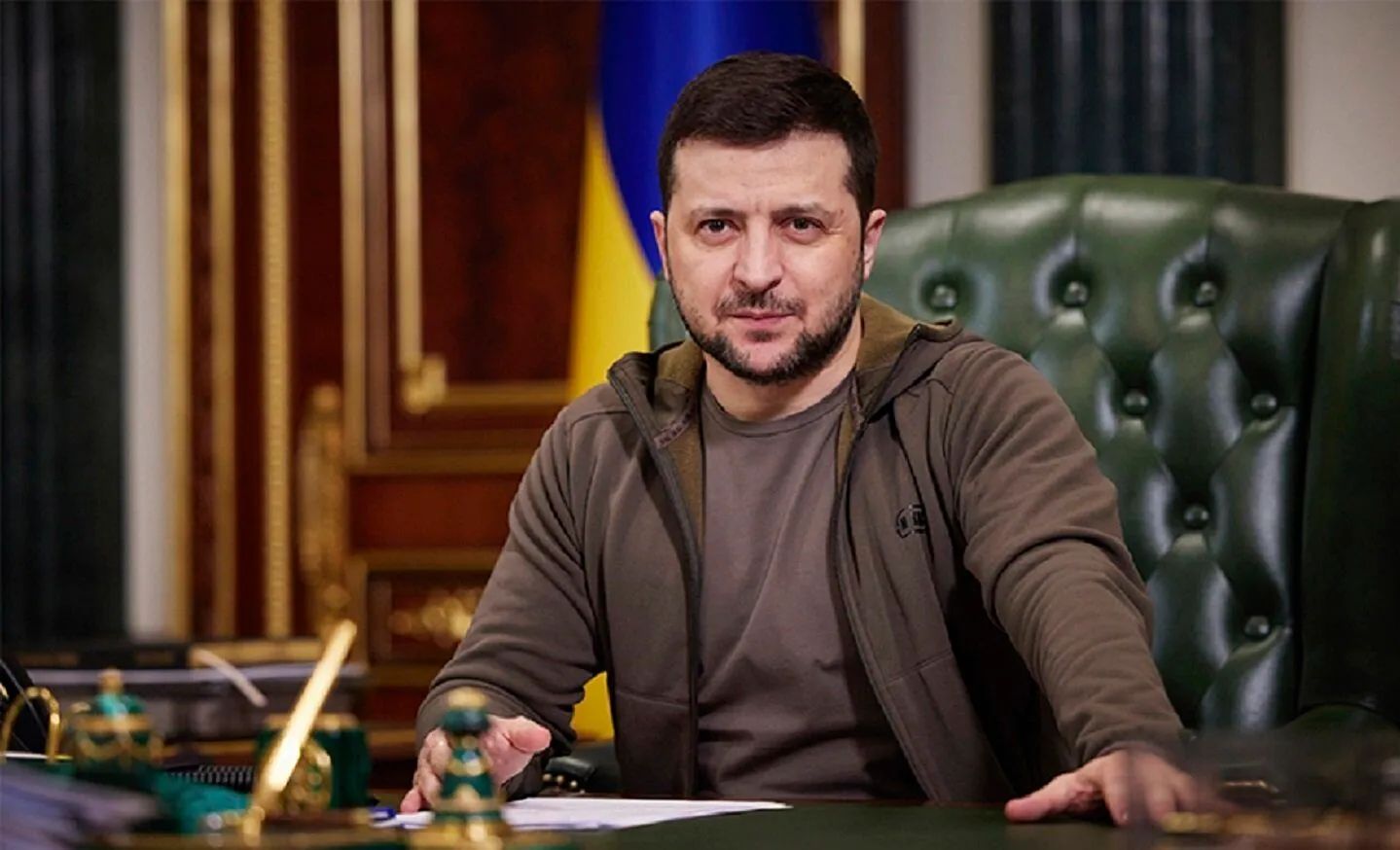
Despite Moscow’s reservations about a trilateral format, Ukrainian President Volodymyr Zelenskyy is prepared for various diplomatic avenues. He indicated “various potential formats for leader-level meetings to bring peace” were discussed, including “two bilateral (meetings) and one trilateral.” Zelenskyy stated, “Ukraine is not afraid of meetings and expects the same brave approach from the Russian side. It is time we ended the war.”
President Zelenskyy expressed cautious optimism regarding international pressure. He observed that “Russia now seems to be more inclined toward a ceasefire,” attributing it to the effectiveness. However, he cautioned: “The key is to ensure they don’t deceive anyone in the details — neither us, nor the United States.” This highlights deep mistrust.
President Putin indicated general openness to meeting the Ukrainian leader, stating he “generally has nothing against” it. He stipulated, however, that “certain conditions must be met for this.” This precondition highlights Moscow’s consistent position that any resolution must align with its terms, impeding past peace efforts. Putin also suggested the United Arab Emirates as a “suitable” location.
Trump has attempted to broker a peace deal since January, initially claiming he could end the war within 24 hours. Yet, little progress has been made. Russia insists it desires peace while escalating attacks on Ukraine. This dichotomy challenges diplomatic de-escalation efforts.

Critics and Western officials accuse Putin of stalling in peace talks. They believe Moscow uses diplomacy to allow forces to capture more Ukrainian territory. Putin has consistently offered no concessions, accepting only settlements on his terms. This complicates any negotiated end to the conflict.
Trump has repeatedly voiced frustration that Putin’s actions contradict his stated intentions. He recalled, “We had a deal done four times, and then you go home and you see (that Russia) just attacked a nursing home or something in Kyiv. So what the hell was that all about?” This highlights the difficulty in securing reliable commitments.
Despite skepticism regarding U.S. military aid to Ukraine and dressing down President Zelenskyy in an Oval Office meeting, Trump recently authorized increased arms sales to NATO allies. These arms are intended for Ukraine. However, the Trump administration itself is not directly donating any arms to Ukraine.
Amidst diplomatic maneuvering, Russia maintains an assertive military posture, with Putin emphasizing its military strength and offering no concessions. Last week, Putin announced Russia’s new hypersonic missile, claimed to be unstoppable by current NATO air defenses, has entered service. This highlights Russia’s advanced military capabilities.
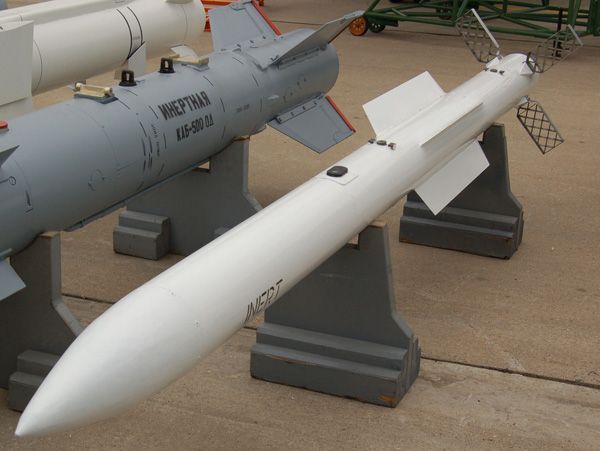
Further escalating concerns, Russia announced it no longer considers itself bound by a self-imposed moratorium on nuclear-capable intermediate-range missiles. This shift could trigger a new arms race and global instability. The Center for European Policy Analysis warned of “clear signs that the Kremlin is preparing for a broader confrontation with NATO,” citing military build-up.
Putin has actively strengthened Russia’s military ties with China, North Korea, and Iran, reshaping global power dynamics. Concurrently, NATO began coordinating regular deliveries of large Western weapons packages to Ukraine. European allies and Canada primarily procure this equipment from the United States, solidifying Western commitment to Ukraine’s defense.
The effectiveness of international sanctions remains debated. While the Kremlin insists sanctions from its February 2022 invasion have had a limited impact, Ukraine maintains they significantly affect Moscow’s war machine. Kyiv persistently urges Western allies to intensify these economic penalties, viewing them as crucial for de-escalation.
Amidst diplomatic overtures, Russian aggression continues in Ukraine. Overnight, Russian forces attacked a recreational center in Zaporizhzhia, killing two and injuring twelve, including two children. Governor Ivan Fedorov condemned the strike, stating, “There is zero military sense in this strike. Only cruelty to intimidate,” as conveyed by President Zelenskyy. Russia also targeted Ukraine’s power grid and gas facilities.
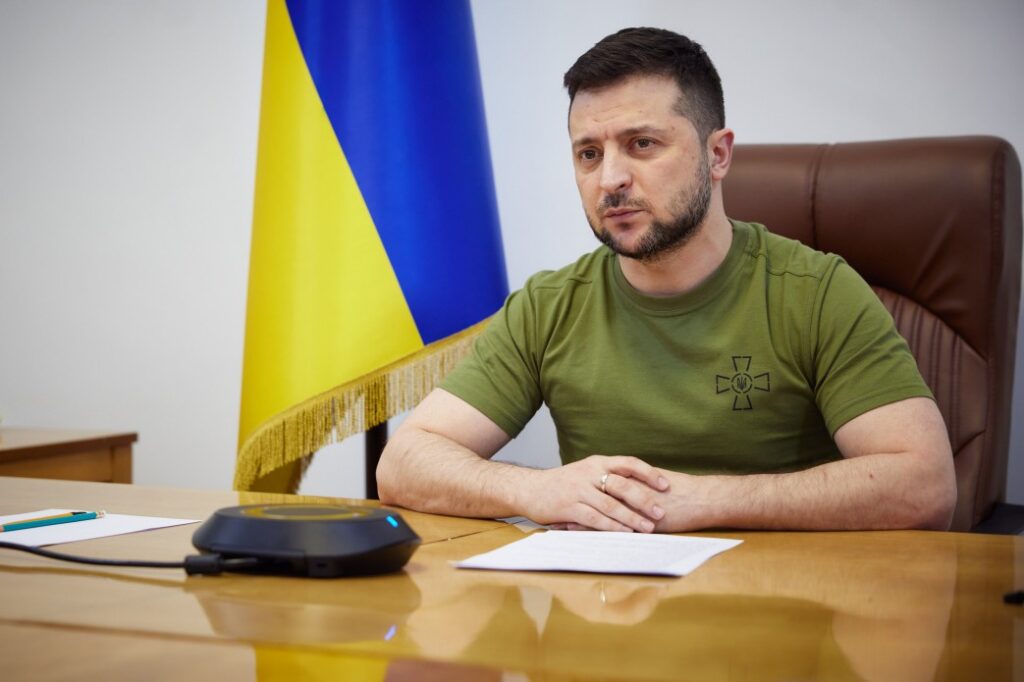
Analysts and Ukrainian officials largely agree that Putin is stalling for time, avoiding serious negotiations while Russian forces seek to capture more territory. A spring offensive, expected to continue through fall, is advancing faster but with slow, costly gains, without taking major cities. The front line is critical for Ukrainian forces, but defenses are not collapsing.
The impending Trump-Putin summit arrives at a moment of profound complexity and high stakes. While offering a direct channel for dialogue, deeply ingrained positions, ongoing conflict, and fundamental distrust present formidable obstacles to any meaningful peace agreement. Success hinges on navigating these intricate diplomatic, military, and humanitarian challenges.
As the world watches, the convergence of these leaders in the “coming days” represents a fragile hope for a breakthrough, yet tempered by the realities of a protracted conflict. The path to lasting peace in Ukraine remains fraught with profound challenges, demanding negotiation and a genuine commitment to de-escalation, which has proven elusive. This summit, born from escalating frustration and diplomatic maneuvering, will undoubtedly shape the conflict’s trajectory.



